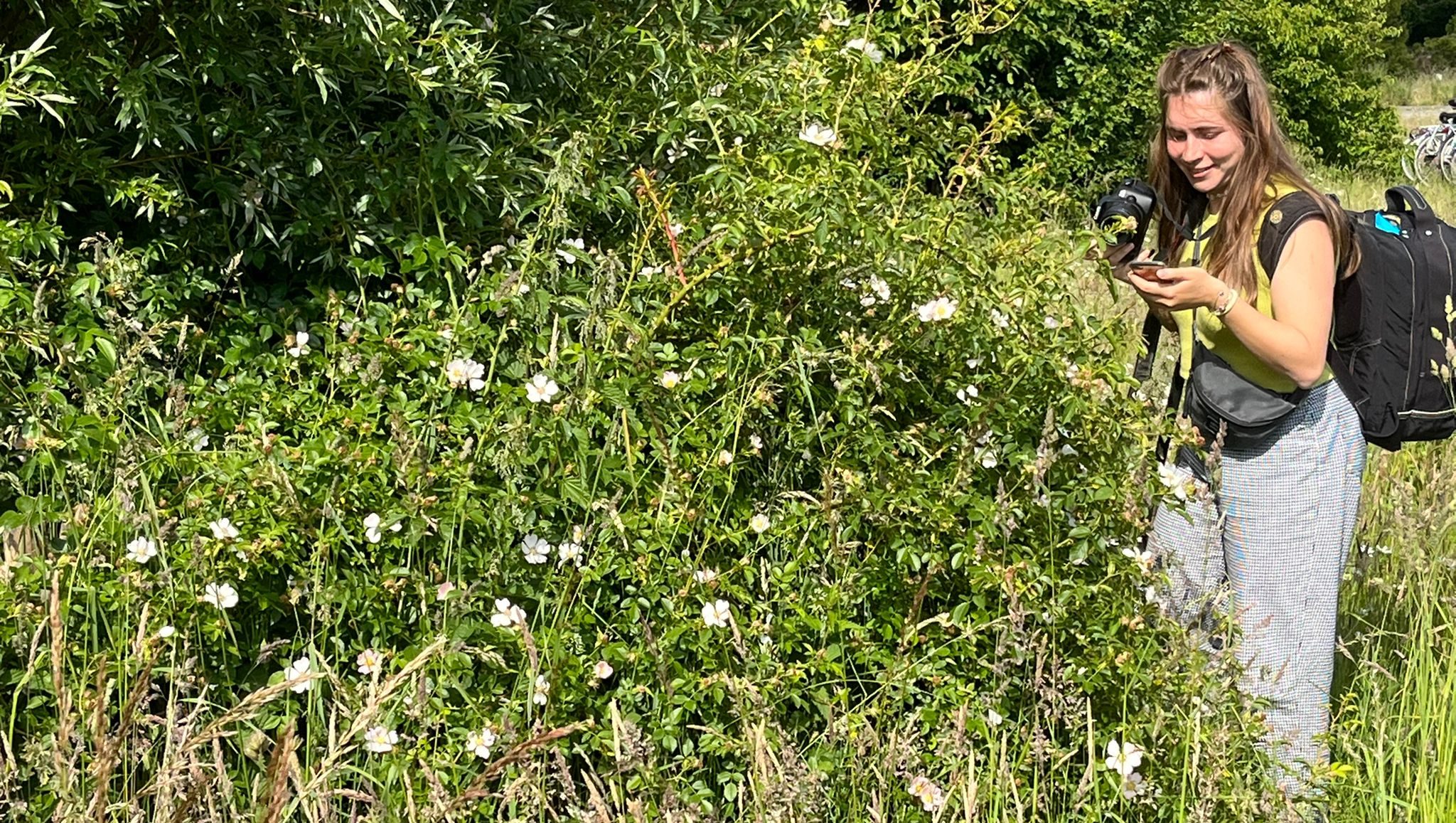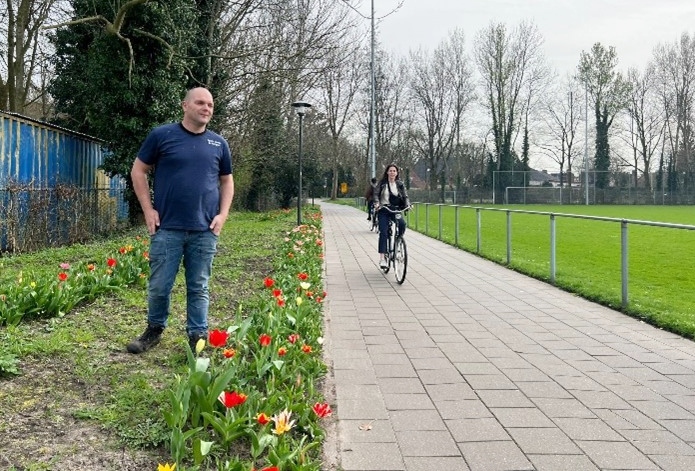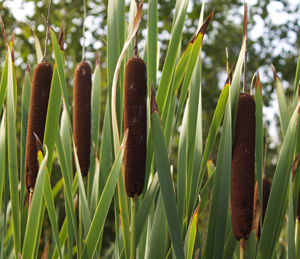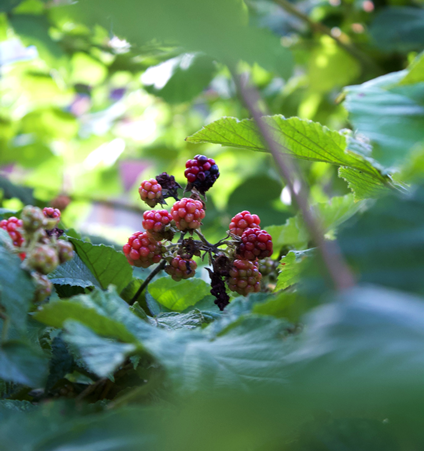Text Julia van der Westhuyzen and editors
The Wageningen campus is not exclusively green. In the grass, along the water and in the gardens, there are also hundreds of flowers: some carefully sown or planted, others just blown in on the wind; some exuberantly colourful and fragrant, some you won’t notice if you don’t bend down to look. In this new series, student editor Julia van der Westhuyzen and Professor of Plant Ecology Joop Schaminée go on a flower hunt on the campus.
Part I – Introduction
‘I thoroughly enjoy everything that grows and blossoms here on the campus, but I am particularly fond of flowers. Because I also like to take photographs, I often get down on my knees in the grass to take a picture of a flower. I became more and more curious about the stories behind the flowers. What are their names? Why are they called that? What are they doing here? Can you eat them? Questions like that.’ Student editor Julia van der Westhuyzen, a Master’s student of Plant Breeding, came up with the idea of a series about flowers on the campus and asked Joop Schaminée to help her. Julia selects a flower, takes photographs and writes; Schaminée tells stories.
Vegetation
Schaminée is a born biologist. He was inspired by the well-known nature conservation pioneer Victor Westhoff, with whom he worked intensively in the 1980s and 90s. One of his goals in life is to protect wild flowers and plants and introduce a wider audience to them.
‘Vegetation plays a crucial role in the protection of nature and the landscape. It reflects changes in the environment very precisely. A single thistle or grass shows what is going at a location: more nutrients, acidification, a lowered groundwater level. Every plant tells its own story. Vegetation is found almost everywhere, covering the world with a thin, often colourful, layer. If you understand the growth of plants and the different groups and species, you can kind of read the landscape – including the campus. Vegetation is also the basis for fauna. And it is the part of the landscape you manage. You mow grasslands, preferably not lapwings.’
Joop Schaminée
As a professor at Wageningen and Nijmegen, Schaminée teaches MSc courses (currently Nature in a Crowded Country) and supervises excursions. He directs the National Vegetation Classification Programme, the National Vegetation Database and the SynBioSys information system. He has hundreds of scientific books and other publications to his name. Schaminée also advises the Dutch government and ministries on matters related to nature policy, including Natura 2000 and the establishment of ‘New-Style National Parks’. Together with Pieter van Vollenhoven, he hosted the TV programme Professors on the Move for two seasons. In 12 episodes, the two professors visited the most beautiful nature reserves in the Netherlands together.
Read the first part here: the southern marsh orchid.

 Julia taking photographs in the garden at Lumen. Photo Joop Schaminée
Julia taking photographs in the garden at Lumen. Photo Joop Schaminée 

